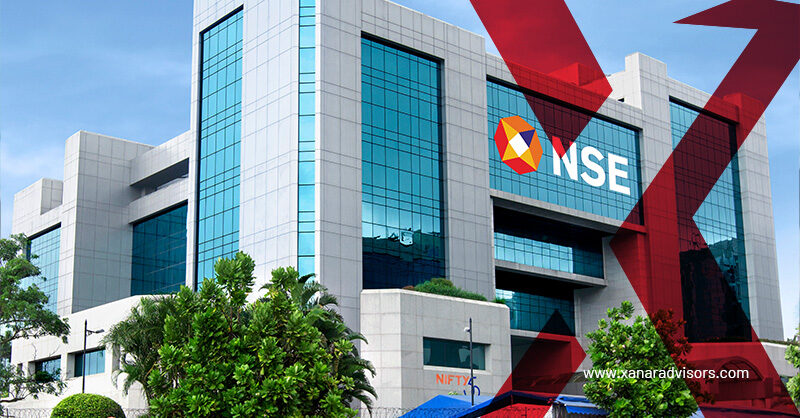India’s Post-Election Growth and Investment Outlook: Shaping Future Reforms

Implication of Election Results
India is on the brink of becoming the world’s third-largest economy by 2027, as projected by the International Monetary Fund (IMF). The recent election results have significant implications for India’s economic trajectory and stock market. With entrenched reforms and a strong focus on long-term structural growth, India is poised to continue its upward trend, irrespective of electoral outcomes.
Long-term Equity Market Outperformance
India’s stock market has shown remarkable performance over the past three years through April 30, 2024. The MSCI India Index has outperformed the MSCI Emerging Markets Index and the MSCI All Country World Index (ACWI), showcasing India’s resilience and growth potential. This outperformance extends nearly 30 years, from May 31, 1994, through April 30, 2024. The consistent growth of India’s GDP, increasing its share of global GDP from 1.1% in 1993 to nearly 3.5% today, mirrors the long-term success of its equity market.
Key Economic Trends
Several key economic trends are driving India’s growth and have strong implications for investors:
Rising Incomes
India’s growing middle class and affluent population are set to expand by 400 million people, driving consumption and economic growth. The wealthiest class in India could see a three-fold increase, creating a new premium consumption category. This shift indicates a robust trajectory for premium products and services.
Structural Reforms
India has implemented significant structural reforms to improve its business environment and attract global investments. Notable reforms include the e-Way Bill system, which has reduced logistics costs, the Jan Dhan-Aadhar-Mobile (JAM) initiative for better subsidy targeting, corporate tax cuts aligning rates with other manufacturing countries, and the Insolvency and Bankruptcy Code for better debt resolution. These reforms have strengthened India’s governance and investment frameworks, making it an attractive destination for global brands.
Digital Transformation
India’s digital transformation over the past decade has been remarkable. From having one of the lowest internet penetration rates in 2015, India now boasts one of the largest online populations globally. Ultra-low-cost data tariffs and the widespread adoption of the Unified Payment Interface (UPI) have fueled the growth of online shopping and digital transactions, creating new economic opportunities.
Manufacturing Upgrades
Historically, India has lagged in manufacturing due to a challenging business environment. However, structural reforms, infrastructure investments, production-linked incentives, and geopolitical factors are reshaping India’s manufacturing landscape. The significant increase in mobile phone production and exports is an early sign of success. We are optimistic about India’s potential to emerge as a global manufacturing hub, contributing significantly to GDP in the future.
Global Risks
Despite the positive outlook, global risks persist. The fluctuating global liquidity and interest-rate cycles can lead to market corrections. Additionally, the volatile geopolitical environment presents numerous potential flashpoints, adding an element of uncertainty to global markets.
India’s Long-term Growth Story
Regardless of electoral outcomes, a confluence of factors has set a strong foundation for India’s long-term growth. The combination of policy and political will has resulted in continued reforms and macroeconomic stability. With the stage set for exports to drive growth and a new class of consumers emerging, India’s long-term growth story remains robust.
Conclusion
India’s post-election growth and investment outlook appear promising, driven by entrenched reforms, rising incomes, digital transformation, and manufacturing upgrades. While global risks remain, India’s strong foundation and consistent growth make it a compelling long-term investment destination.
